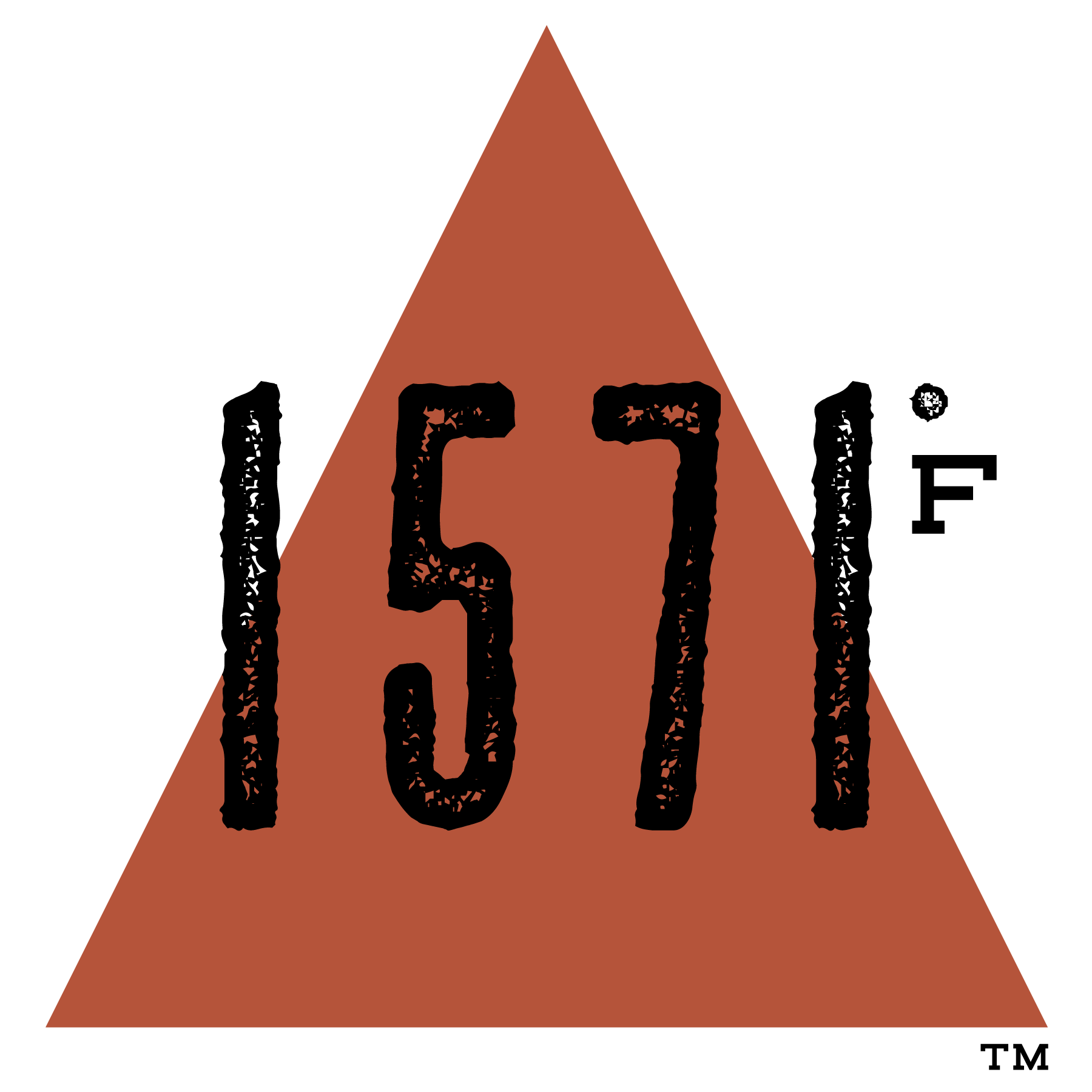The Top 5 Defining Moments in Craft Beer History
1) 1965 - First Craft Beer
Huge thanks to our founding fathers of the craft beer in 1965. Who are we to thank? Thank Anchor Brewery, founded in 1965. Anchor is the first modern craft brewery. Its signature beer - Anchor Steam Beer—is one of only three beer styles (steam, cream ale, and light beer) native to America. Also, its Anchor Liberty Ale, introduced in 1975, is the first modern IPA, and probably the most influential beer of the late 20th century. Anchor Steam Beer owes its deep amber color, thick, creamy head, and rich, distinctive flavor to a historic brewing process like none other.
2) 1978 – Legalizes Home Brewing
With Prohibition came the ban on home brewing. Yet even after Prohibition ended, there was a federal law on the books that banned home brewers from innovating on their own. President Carter changed that for almost everyone in 1978. Home brewing in Mississippi and Alabama, however, weren't reversed until 2013.
President history 101 - “Historians have also unearthed one of Washington’s personal home brew recipes. The New York Public Library has his 1757 recipe for small beer (a type of light ale like a near beer) in Washington’s own handwriting. Thomas Jefferson got into making beer in a big way after he left the White House in 1809. Jefferson took beer making so seriously at Monticello that by 1814 he had his own personal brew house. James Madison takes the title of the patron of home brewing among the Founding Fathers. Madison wanted to form a national beer brewery in 1809 and appoint a Secretary of Beer to the presidential cabinet. Congress didn’t agree with the plan. Madison’s goals weren’t entirely altruistic. Popular ales and other liquors were being imported into the United States, and Madison sought to protect the domestic beer market by placing tariffs on the imports.” NCC Staff.
American Home brewers Association (AHA) is the number one leading organization educating others on the hobby of home brewing. In 2017 there were 1.1 million people in the United States who homebrew their own beer. Within that 1.1 million, 40% of them started the hobby within the last four years.
With President Carter legalizing home brewing there has been;
More than 1.4 million barrels of brew representing 1% of the U.S production
There are home brewers across the country, with 31% in the South, 26% in the Midwest, 24% in the Northeast and 19% in the West.
52% of home brewers are between the ages 30-49
3) 1995 – First Whiskey Barrel- Aged Beer
The brew master at Goose Island was Greg Hall, also known as the Goose Island's founder's son. He brought his Bourbon County Brand Stout to the Great American Beer Festival and put it under the Imperial Stout category. It was disqualified for being too strong. Today is seems like every big-time craft brewery has its own barrel aging program.
Aging beer is a science and there are many things to do to make sure the aged beer is more enjoyable when drinking. Aging beer should be stored upright in a cool (50-60F), dark, dry place, but not too dry. The fridge may seem like a good idea but it will keep your beer too dry. Over the long haul can cause a cork or bottle cap to loosen its seal. Basements and other cellar-like environments are great for aging beer.
If you decide to try aging your own beer a good way to do it is to buy two bottles of the beer. One should be consumed immediately and one after aging, this will allow you to really notice how much the aging has changed the beer.
Much like wine, aged beer will eventually peak and slowly stop aging significantly. Knowing when it is the best time to drink your favorite aged beer can be tough to gauge, there is still much to be learned about how beer ages. Generally speaking the stronger the beer, the longer you should give it. The strongest beers (around 12% and up) can be aged for decades, while relatively lighter beers will be at their best after anywhere from a few months to a few years in the cellar. You may have to do your own experiments to determine when your favorite beer is at its peak. The toughest part of such experiments of course is resisting the urge to drink the beer now, but believe us, the end results are well worth the wait.
4) 2002 – Craft Beer Meets Cans
In the early days of craft beer, long before it became cool, craft beer came in bottles, macro brew came in cans. Oskar Blues flipped that upside down when it decided against bottles. Cans are now the new cool, and more than 2,100 craft beers are put in aluminum, according to CraftCans. Think about why cans are better than bottles. Cans are the best packaging for beer. No light passes through, they aren’t oxygen permeable, they’re Eco-friendly, more affordable to ship, lighter, less breakable and more portable. For those who drink from the bottle, have you have had a beer skunked? Doesn’t taste good! Skunking is caused when UV rays interact with the alpha acids in the beer which breaks down the beer. Hoppier beers are more at risk for skunking. Having beer in a can is so much better.
5) 2019 – 7,000+ Breweries
Craft beer is growing more than ever. The craft beer industry reached an expansion milestone. There are now over 7,000 breweries in the U.S compared to 1,000 breweries in 2000. The passion for beer from the small and independent breweries are going strong. If you are a regular at your local breweries, you may have noticed an expansion in their beer menu. Craft beer fans have a lot to be thankful this year as brewers experimented with new beer styles. Breweries have brought their beer to more shelves and bars nationwide.





